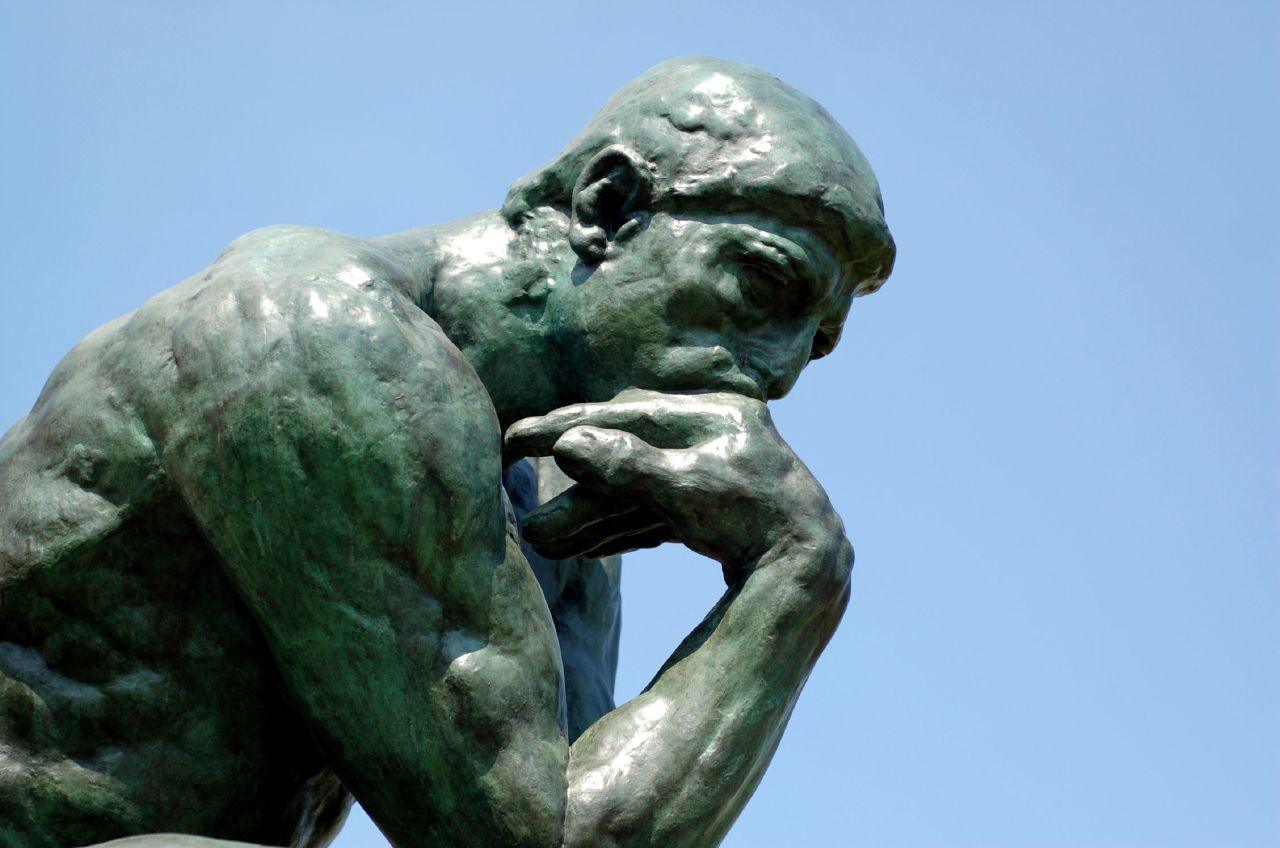Criticism of the play focussed on the fact that Peter wasn’t a fully fleshed-out character, so Albee wrote a first act, Homelife, in 2004. This act explored the domestic scene and Peter’s interaction with his wife, Ann, suggesting reasons for his behaviour during his later encounter with Jerry. Albee has not allowed The Zoo Story to be performed without Homelife (and vice versa) since.
The 1950s was a fascinating decade for drama. I discussed this with my mother (she’s great at literary debate and was frequenting London theatres at this time, so knows her stuff) and she pointed out that theatre in America was very different from theatre in Britain at this time. Britain was reacting to a Tory government, which always makes for interesting drama, as Churchill’s Conservative Party won the 1951 general election (with fewer votes but more seats than Labour) and Labour did not return to power until 1964.
Unemployment was steady, the system did not allow social improvement and many chose to fight against this system and bring attention to the working and middle classes. Within ten years, British theatre had shocked the establishment and moved a world away from the likes of Noël Coward and Terence Rattigan. Before the 1960s kitchen sink dramas, the stages in the 1950s were full of social alienation, working class realism and a move towards Absurdism. Many of the playwrights of the 1950s were left-wing and angry. In 1950s theatre in context, StageWon, Dan Hutton explains,
“The defining play of this era, however, and arguably the one which changed British drama forever, was John Osborne’s Look Back in Anger. It has gone down in theatre folklore as the piece which singlehandedly managed to pull British drama out of the innate Victorian traditionalism of the first part of the 1900s and into the 20th century. Charting a few days in the life of the now infamous Jimmy Porter, it was panned by many critics but spawned one of the most famous reviews of all time by Kenneth Tynan in the Observer, who said they he “could not love anyone who did not wish to see Look Back in Anger”.”Whereas the anarchistic Angry Young Men (and Women – Shelagh Delaney’s A Taste of Honey is a classic of the era) were particularly British, some of these themes were also being developed in American dramas. Arthur Miller and Tennessee Williams may have been a little more structured, but Hutton argues it was clear that “a precedent had been set for plays from which meaning was difficult to extract”. Plays began to appear meaningless with lack of plot and action; the death of the narrative led to confused and bewildered characters, and probably audiences.
So, besides reading around Albee and the historical period against which these plays were set, I have been discovering and re-reading some great work of the era.
- Arthur Miller – The Crucible (1953); A View from the Bridge (1955) – looping dialogue in which characters desperately try to explain things to each other and are rarely understood
- Samuel Beckett – Waiting for Godot (1953); Endgame (1957); Krapp’s Last Tape (1958) - a massive step in the direction of the absurd
- Tennessee Williams – Cat on a Hot Tin Roof (1955); Orpheus Descending (1957) - terribly conficted characters doind desperately brutal emotional things to one another
- Harold Pinter – The Dumb Waiter (1957); The Birthday Party (1958); The Caretaker (1959) - the plot disappars into dialogue and the theatre of menace is born
- Eugène Ionesco – The Lesson; The Chairs; The New Tenant (1953) – one-act plays which he described as ‘anti-pièces’ or anti-plays; extended sketches of nonsense as words overwhelm the characters to create a sense of unease






